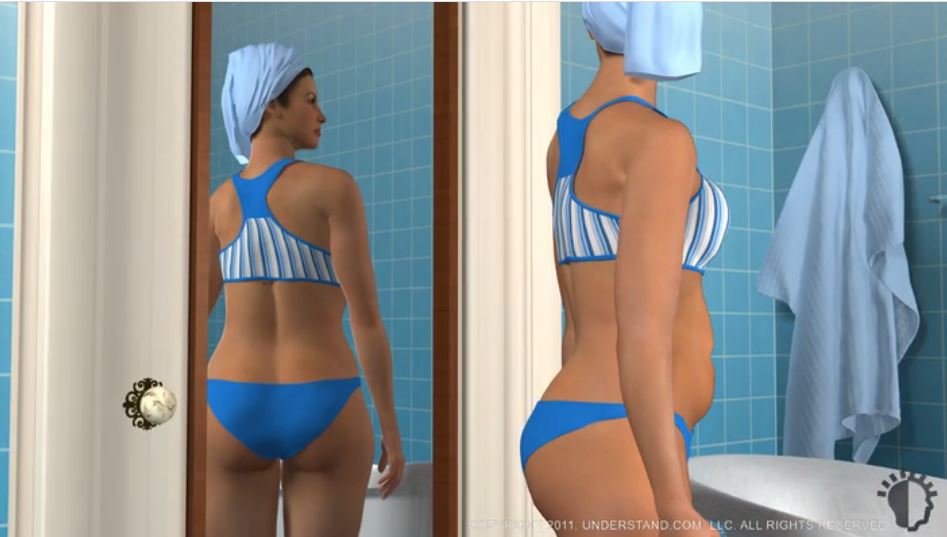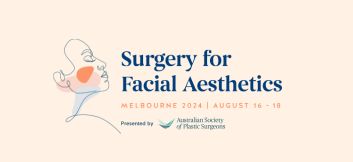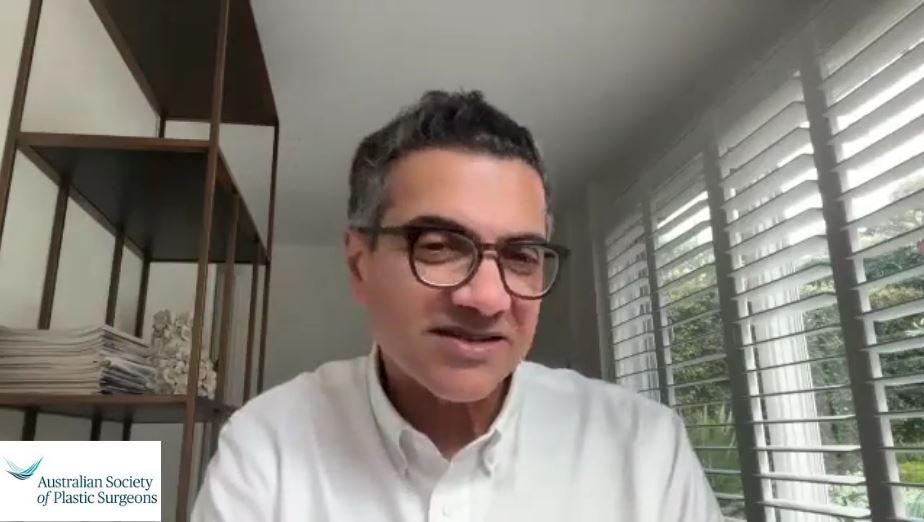Procedures
Liposuction
- About Your Specialist Plastic Surgeon
- Cosmetic
- Non-surgical Procedures
- Plastic Surgery Glossary
- Questions for Your Surgeon
- Reconstructive
- Surgical Procedures
- Abdominoplasty (Cosmetic)
- Abdominoplasty (muscle repair postpartum)
- Arm Lift
- Body Contouring
- Body Lift
- Breast Asymmetry Correction
- Breast Augmentation (Implants)
- Breast Implants with Lift
- Breast Lift
- Breast Reconstruction
- Breast Reduction
- Brow Lift
- Burns and Scarring
- Buttocks Lift
- Chin Surgery
- Cleft Lip & Palate
- Ear Surgery
- Eyelid Reduction Surgery
- Facelift Surgery
- Facial Implants
- Fat injection
- Gender Affirming Surgeries
- Gynaecomastia (Male Breast Reduction)
- Hair Replacement Surgery
- Hand Surgery
- Labiaplasty
- Liposuction
- Nipple Enhancement for Inverted Nipples
- Nose Surgery
- Scar Revision
- Skin Cancer
- Thigh Lift
- Tissue Expansion
Liposuction
Any surgical or invasive procedure carries risks. Before proceeding, you should seek a second opinion from an appropriately qualified health practitioner.
Liposuction, also known as lipectomy or lipoplasty, is a procedure that improves the body’s contours and proportion by removing excess fat deposits to slim and reshape specific areas of the body. Common areas targeted include thighs, buttocks, abdomen, arms, neck and under the chin.
Liposuction is invasive surgery that aims to improve the body’s contours and proportion by removing localised and disproportional deposits of fat. Liposuction can remove up to 5 litres of fat with relative safety during one session. Depending on the number of areas that require treatment, repeated treatments may be necessary.
Specific techniques of liposuction include:
- Suction Assisted Lipectomy (SAL)
where fat is removed from the body using a vacuum suction. SAL may be dry, wet or tumescent depending on the volume of saline (salt solution) which is injected into the operation site before the procedure begins - Ultrasonic Assisted Lipoplastry (UAL)
uses ultrasonic energy to liquefy the fat cells before SAL is used to remove the liquefied fat and to smooth the edges of the treated areas - Mechanical Assisted Lipoplasty (MAL)
uses an oscillating shaver driven by a motor to shave the fat which is vacuumed away as used in the SAL and UAL methods
Liposuction is an individualised procedure and may not be suitable for everyone. Always talk to your Specialist Plastic Surgeon before making a decision. Your Specialist Plastic Surgeon will assess your condition and general health, and plan the treatment that is best suited to you.
Liposuction may be suitable for you if:
- You are physically healthy and at a stable weight
- You have realistic expectations
- You are a non-smoker or have stopped smoking
- You have bulges that persist despite a healthy diet and exercise
Liposuction is most likely to be successful for healthy weight people with firm, elastic skin who have pockets of excess fat in certain areas. Although age is not a significant concern, older people may have less skin elasticity and may not achieve the same results as a younger person with tighter skin.
Before opting for liposuction, you must keep in mind that:
- Liposuction is not a substitute for weight loss
- If your skin is dimpled before the liposuction, it will probably still be dimpled afterward the procedure has been done
- If the ‘extra’ skin doesn’t contract (tighten) after liposuction, you may need a further procedure to remove excess skin
- You may not be able to undergo the procedure if you are unable to have an anaesthetic, if you are prone to bleeding tendencies or have poor healing ability or are too high risk of having surgical complications.
Depending on the procedure and the amount of fat removed, liposuction can take place under either local or general anaesthesia. If only a small amount of fat and a limited number of body sites are involved, liposuction can be performed under local anaesthesia, which numbs only the affected areas. For large volumes of fat, general anaesthesia is commonly used.
Modern anaesthesia is safe and effective, but does have some risks. Ask your Specialist Plastic Surgeon and anaesthetist for more information. Your surgeon and/or anaesthetist will ask you about all the medications you are taking or have taken, and any allergies you may have. Make sure you have an up to date list before the surgery.
Modern surgery is generally safe but does have the potential for risks and complications to occur. The risks of liposuction increase if a large number of body areas are treated at the same time or if the areas operated on are large in size.
Some of the possible complications and risks associated with liposuction may include:
- Thermal burn or other heat injury to the skin or deeper tissues from the ultrasound device that is used to liquefy fat cells. This can occur in ultrasound-assisted liposuction
- Complications caused by the injection of anaesthetic fluid can include lignocaine toxicity (if the solution’s lignocaine content is too high) or collection of fluid in the lungs (if too much fluid is given). This can occur in tumescent and super-wet liposuction
- Excessive fluid loss, which can lead to shock
- Fluid accumulation
- Infection that develop in fatty tissues. This can be a serious complication and can be difficult to treat
- Delayed healing
- Friction burns or other damage to the skin or nerves
- Irregular skin surface, uneven contours or rippling
- Asymmetric or ‘baggy’ skin surface
- Change in skin sensation or numbness
- Skin pigmentation changes, skin discolouration or swelling
- Unacceptable scarring
- Damage to deeper structures such as nerves, blood vessels, muscles, lungs and abdominal organs
- Pain, which may be ongoing
- Allergic drug reactions
- Formation of blood clots or fat clots, which may migrate to the lungs
- Persistent swelling in the legs
- Deep vein thrombosis, cardiac and pulmonary complications
- Further surgery may be necessary to address complications
Liposuction can be performed in either an accredited day surgery or a hospital, depending on your general health and the extent of the procedure. A short hospital stay may be required in some instances. Your Specialist Plastic Surgeon will advise on the best option for you.
Before undergoing surgery, it is important that you:
- Be as fit as possible to help the recovery process
- Reach your optimal weight
- Check with your surgeon about your medications as some may need to be stopped
- Stop smoking
You will also be asked to provide a complete medical history for your Specialist Plastic Surgeon including any health problems you have had, any medication you are taking or have taken, and any allergies you may have.
You may be advised to stop taking certain medicines such as non-steroidal anti-inflammatory drugs (NSAIDs), aspirin, and medicines that contain aspirin. You may also be asked to stop taking naturopathic substances such as garlic, ginkgo, ginseng and St John’s Wort as they may affect clotting and anaesthesia. Always tell your surgeon EVERYTHING you are taking.
You may be given medicines to take before the surgery, such as antibiotics.
Your surgeon will also advise you if any other tests are required, such as blood tests, X-ray examinations or an Electrocardiograph (ECG) to assess your heart.
Prepare a “recovery area” in your home. This may include pillows, ice packs, a thermometer and a telephone within easy reach. Make sure you arrange for a relative or friend to drive you to and from the hospital or clinic. Someone should also stay with you for at least 24 hours after you return home.
Your surgeon should give detailed preoperative instructions. Follow them carefully.
Following your surgery, dressings or bandages may be applied to your incisions. You may be wrapped in an elastic bandage or a compression garment to minimize swelling and to support your operation site as it heals. A small, thin tube may also be temporarily placed under the skin to drain any excess blood or fluid that may collect.
Depending on the extent of your procedure, you may need to take a few days off work to rest. Avoid heavy lifting, strenuous exercise, swimming and strenuous sports until advised by your surgeon.
If you experience any of the following symptoms, notify your surgeon immediate:
- Temperature higher than 38°C or chills
- Heavy bleeding from the incisions
- Worsening redness around the incision sites
- Increasing pain or tenderness, or other problems that appear to be worsening
Your surgeon will give you specific instructions on post-operative care. These instructions may include:
- How to care for your surgical site(s) following surgery
- Medications to apply or take orally to aid healing and reduce the risk of infection
- Specific concerns to look for at the surgical site(s) or in your general health
- When to follow-up with your surgeon
Be sure to ask your surgeon specific questions about what you can expect during your individual recovery period, such as:
- Where will I be taken after my surgery is complete?
- What medication will I be given or prescribed after surgery?
- Will I have dressings/bandages after surgery? If so, when will they be removed?
- Are stitches removed? When will they be removed?
- When can I resume normal activity and exercise?
- When do I return for follow-up care?
Scars are an inevitable part of any invasive surgery. Your Specialist Plastic Surgeon will endeavour to minimise scarring and to keep your scars as inconspicuous as possible by locating the incisions in easily hidden sites. That way, scars will be along natural skin lines and creases. Scars may fade with time and become barely noticeable over time.
In most circumstances, liposuction does not need to be repeated. Usually, the ‘extra’ skin will contract (tighten) after the procedure. However, as with all surgical procedures, revisional surgery may be necessary to correct minor irregularities. In some cases, a procedure to remove excess skin may also be needed.
Cost is always a consideration in elective surgery. Prices for a tummy tuck can vary widely between Specialist Plastic Surgeons. Some factors that may influence the cost include the surgeon’s experience, the type of procedure used and the geographic location of the office.
Costs associated with the procedure may include:
- Surgeon’s fee
- Hospital or surgical facility costs
- Anaesthesia fees
- Prescriptions for medication
- Post-surgery garments
- Medical tests
Your surgeon should welcome any questions you may have regarding fees.
- General anaesthesia:
Drugs and/or gases used during an operation to relieve pain and alter consciousness - Hematoma:
Blood pooling beneath the skin - Intravenous sedation:
Sedatives administered by injection into a vein to achieve relaxation - Liposuction:
Also called lipoplasty or suction lipectomy, this procedure vacuums out fat from beneath the skin’s surface to reduce fullness - Local anaesthesia:
A drug injected directly to the site of an incision during an operation to relieve pain - Sutures:
Stitches used by surgeons to hold skin and tissue together - Saline:
Salt solution
Visit the Plastic Surgery Glossary for more medical terms.
Read here
This website is intended to provide you with general information only. This information is not a substitute for advice from your Specialist Plastic Surgeon and does not contain all the known facts about this procedure or every possible side effect of surgery. It is important that you speak to your surgeon before deciding to undergo surgery. If you are not sure about the benefits, risks and limitations of treatment, or anything else relating to your procedure, ask your surgeon to explain. Patient information provided as part of this website is evidence-based, and sourced from a range of reputable information providers including the American Society of Plastic Surgeons, Better Health Channel and Mi-tec medical publishing.
Featured Stories

Member Blog with Dr Ellis Choy: What is a Deep Plane Facelift?
Who is the ideal candidate for a deep plane facelift?…
Continue reading

